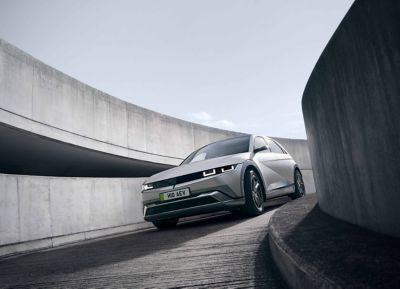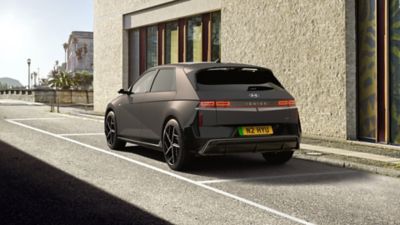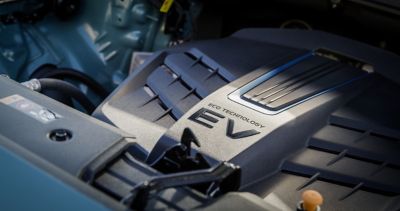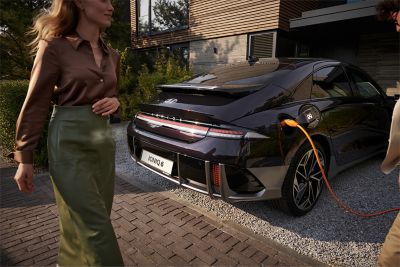Should I buy an electric car?
Electric cars have come a long way in a short time and offer many benefits. Explore the basics of electric cars and why it could be the right choice for you.
Benefits of an electric car.
There are many reasons to go electric: from access to the UK charging network, to driving experience, to reduced tailpipe emissions - the list is endless!
Withstand a range of weather conditions with our electric car models.
Hyundai electric cars are equipped with a wide range of systems to ensure you're prepared for all types of weather as extreme temperatures - hot or cold - are hard on lithium-ion batteries.
Hyundai has developed highly advanced Battery Management Systems to help ensure your battery is protected from environmental influences - optimising driving range and prolonging battery lifecycle.
Hyundai electric car safety features.
Thanks to careful engineering and design, Hyundai electric cars have been created to be safe whilst operating and charging. From ultra-high-strength steel frames and locking charging cables.
Experience more peace of mind with our Hyundai warranty.
Like every Hyundai, our electric cars are built to high-quality standards. With our extended warranties, you can enjoy the extra peace of mind when purchasing your next electric car.
Beginner's Guide to Going Electric.
To learn more about owning an electric vehicle we recommend downloading the detailed guide below.




















